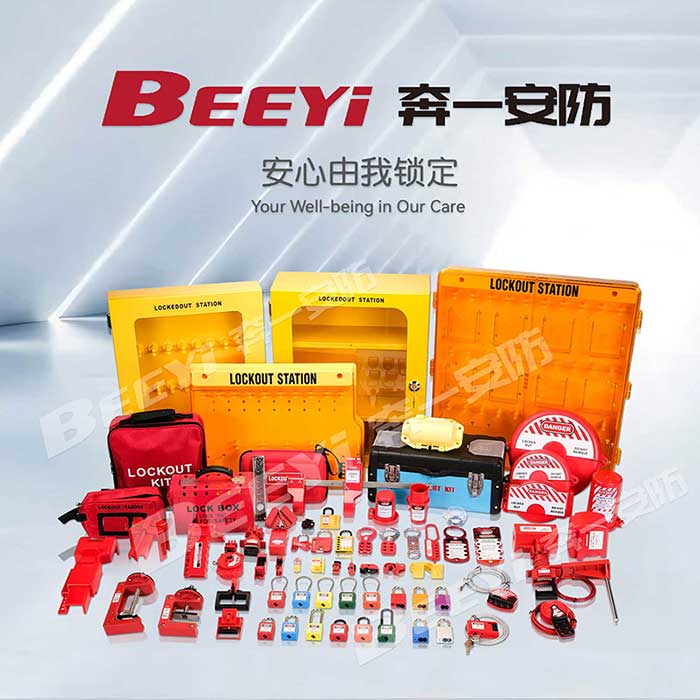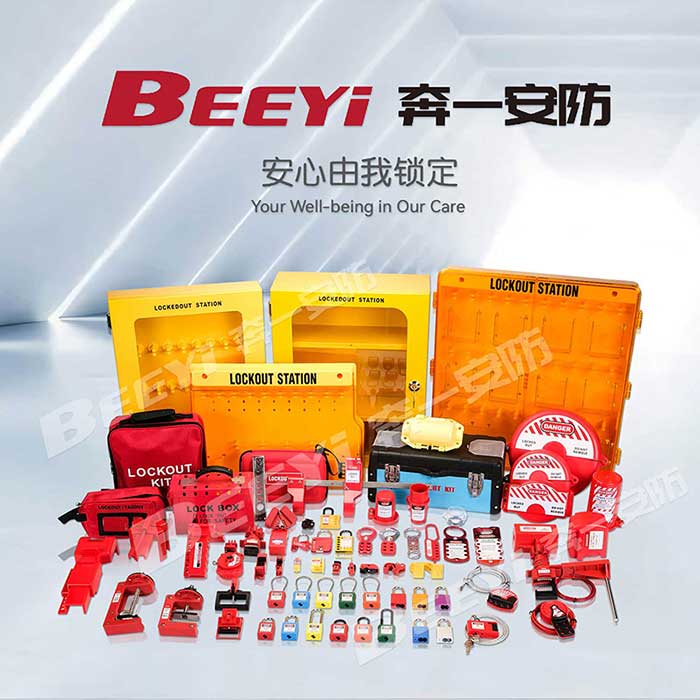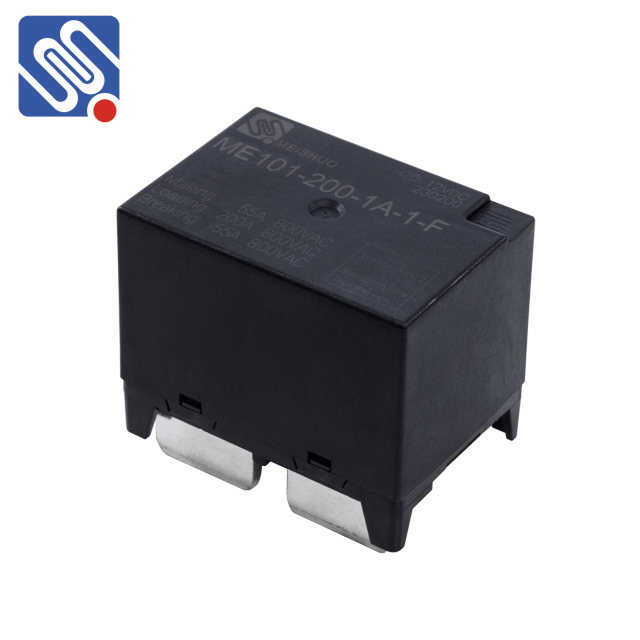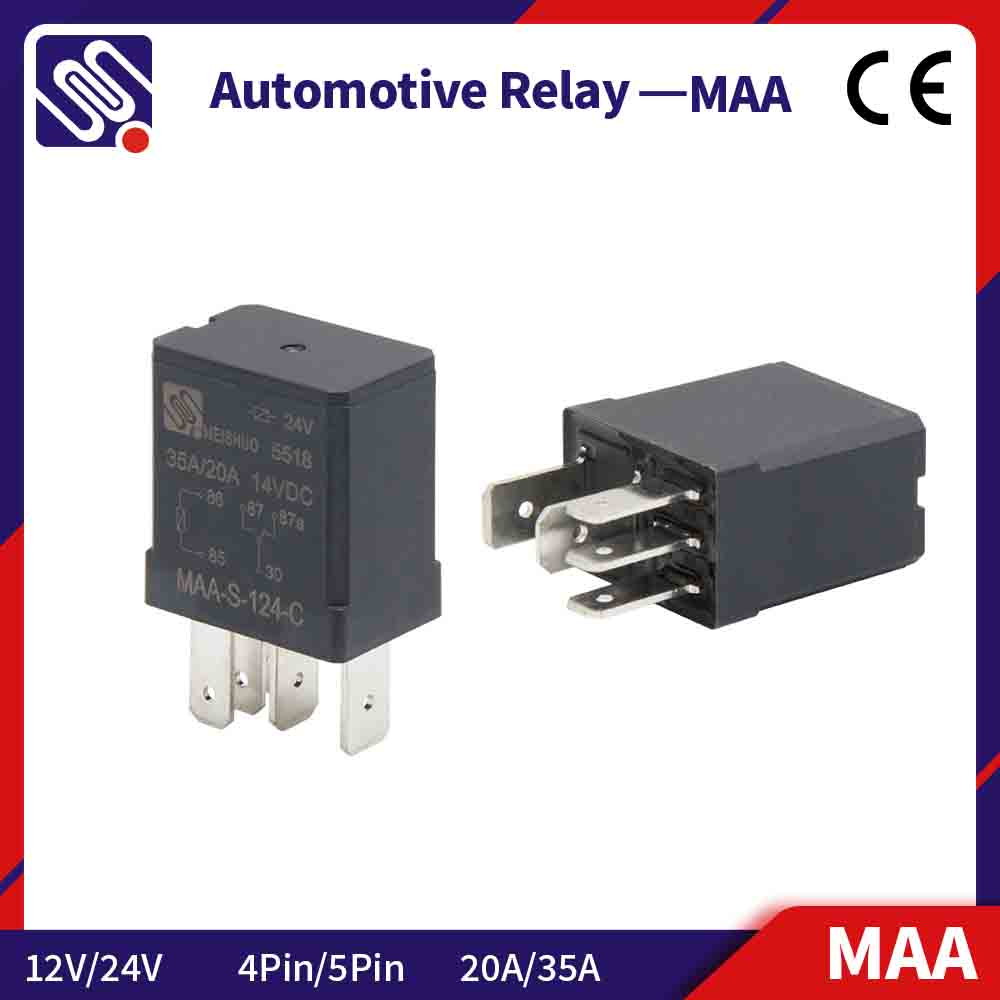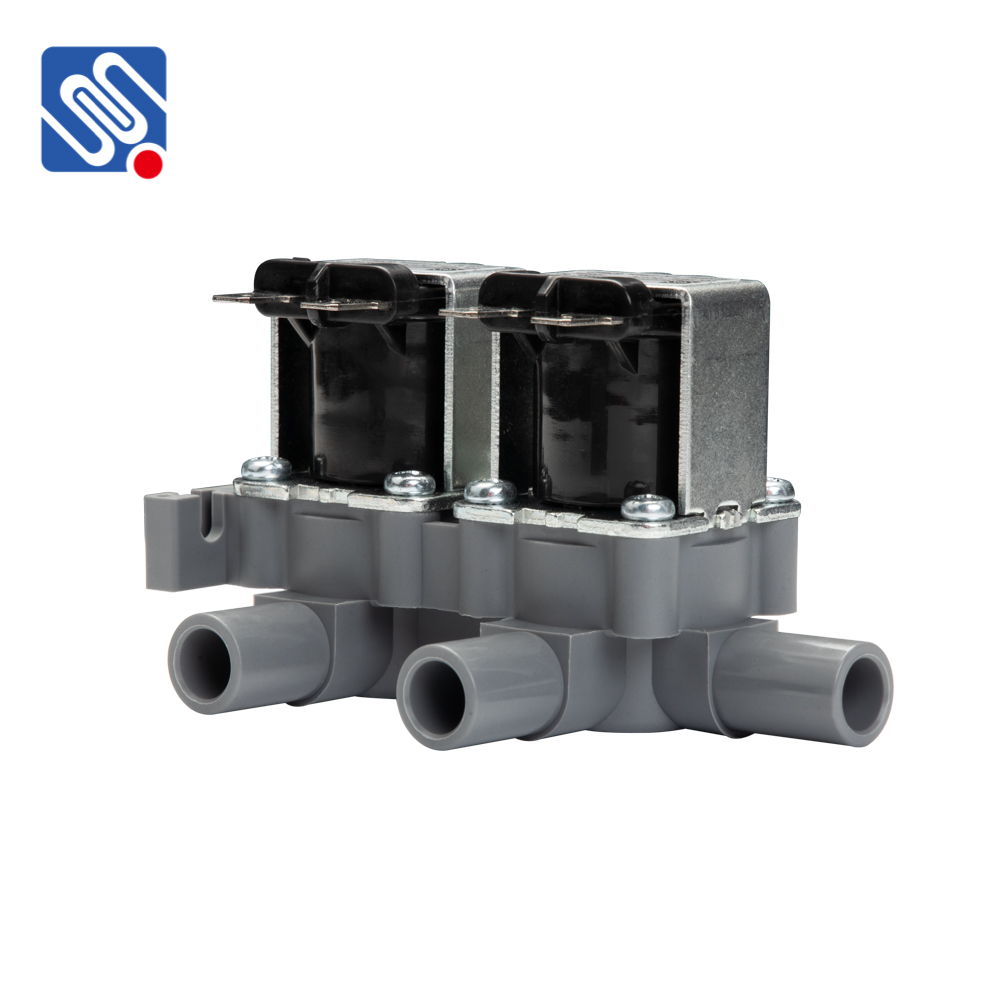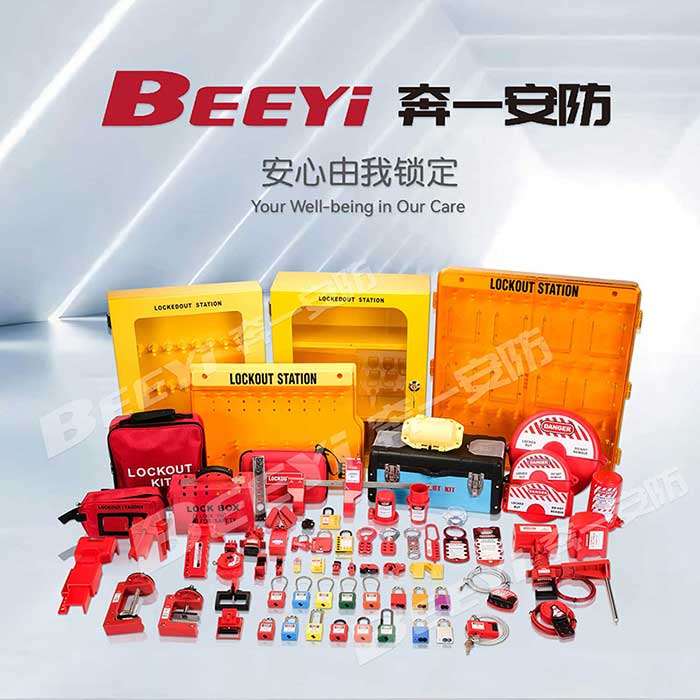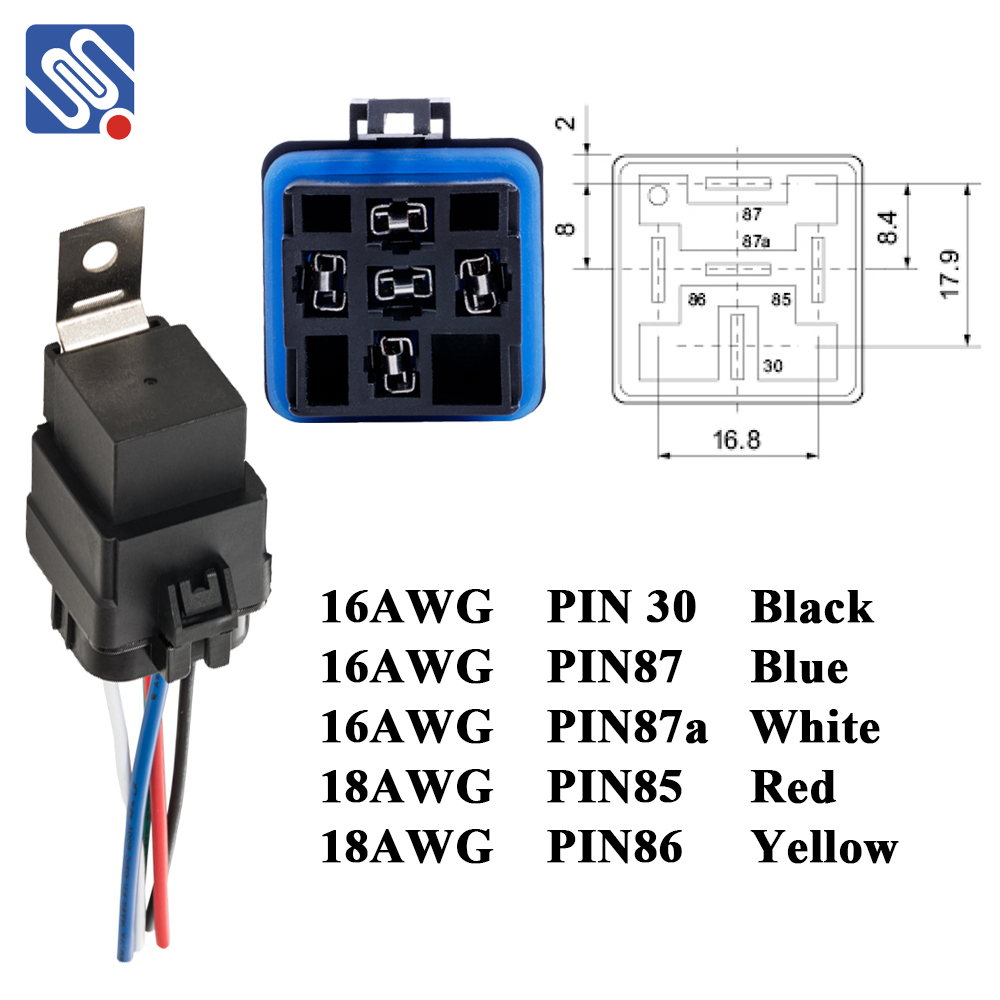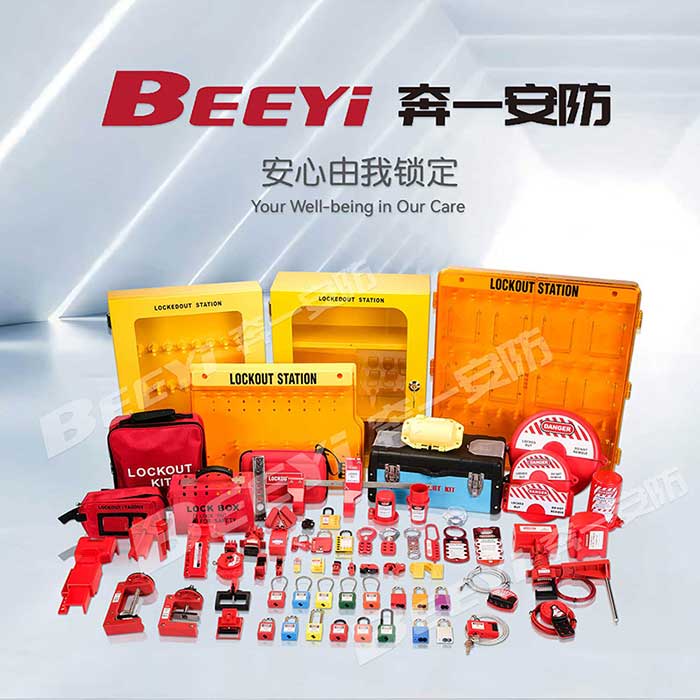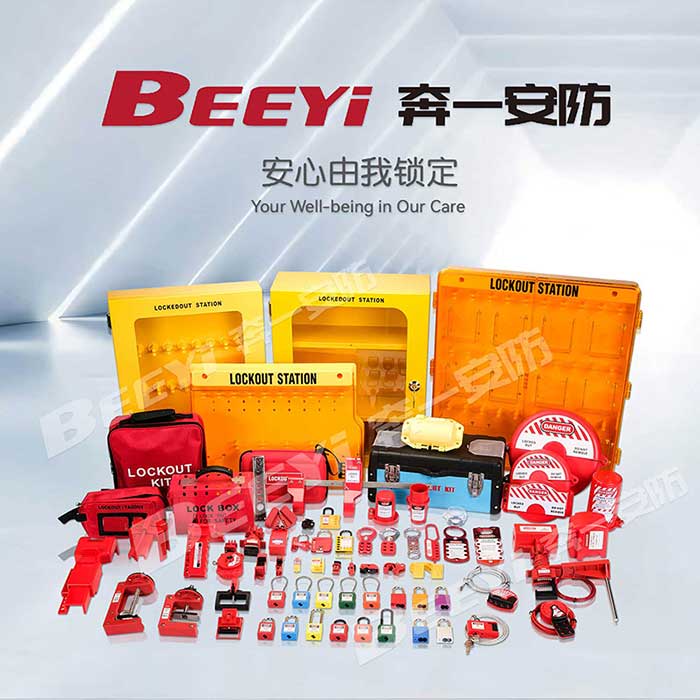Relays are integral components in electrical and electronic systems, playing a crucial role in controlling circuits and ensuring the safe and efficient operation of various devices. Whether used in industrial automation, protection systems, or automotive electronics, relays function as switches that can open or close circuits based on electrical signals. To ensure the proper and safe functioning of these systems, relays are equipped with a variety of safety features. These features are designed to protect both the devices they control and the operators who interact with them. In this article, we will explore the essential safety features found in relays, and how they contribute to the reliability and protection of electrical circuits.
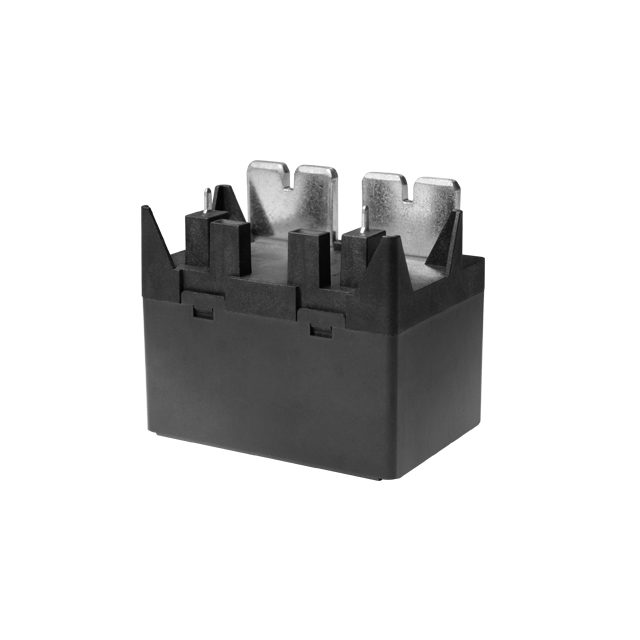
1. Overload Protection One of the fundamental safety features of a relay is its overload protection. When an electrical circuit experiences a surge in current, either due to a fault or external factors, the relay can detect this excessive current and disconnect the circuit to prevent damage. Without overload protection, electrical components could overheat, leading to equipment failure, fires, or even catastrophic system breakdowns. Relays with built-in overload protection ensure that the current is kept within safe operating limits, enhancing the durability of electrical systems. 2. Short-Circuit Protection
